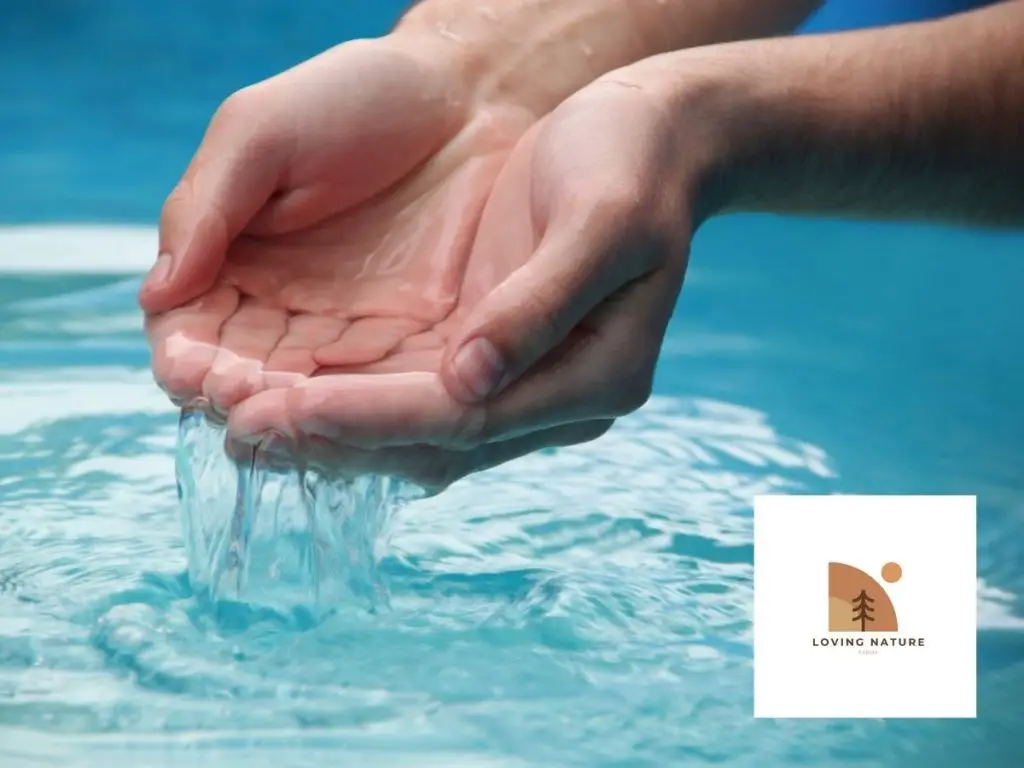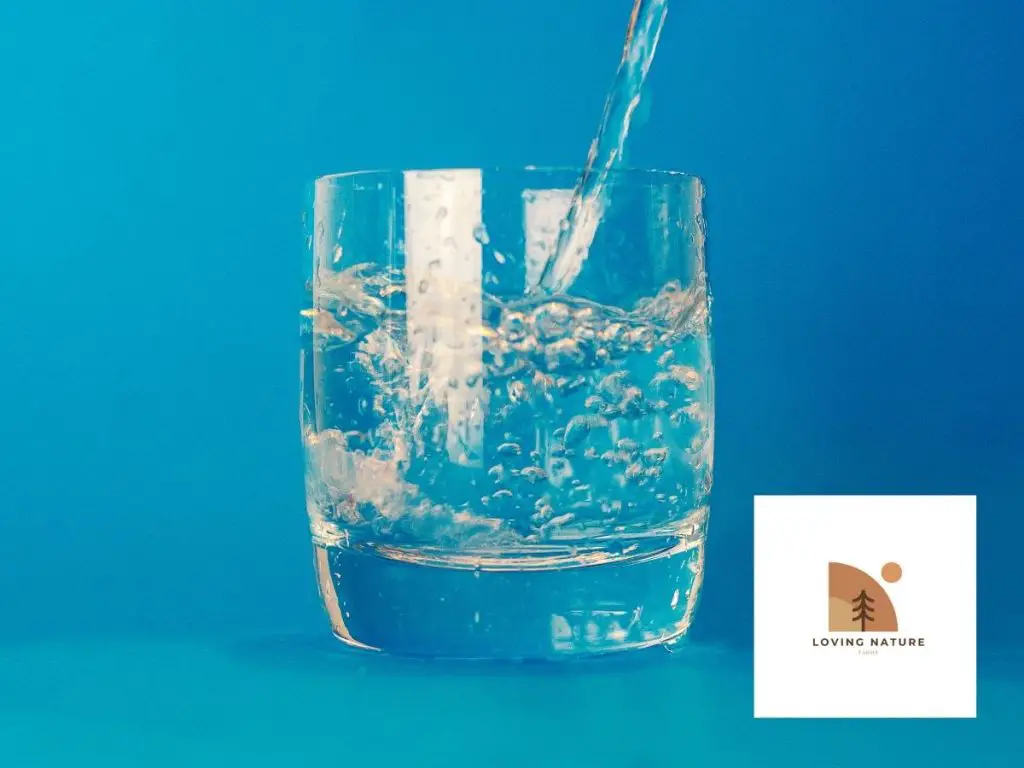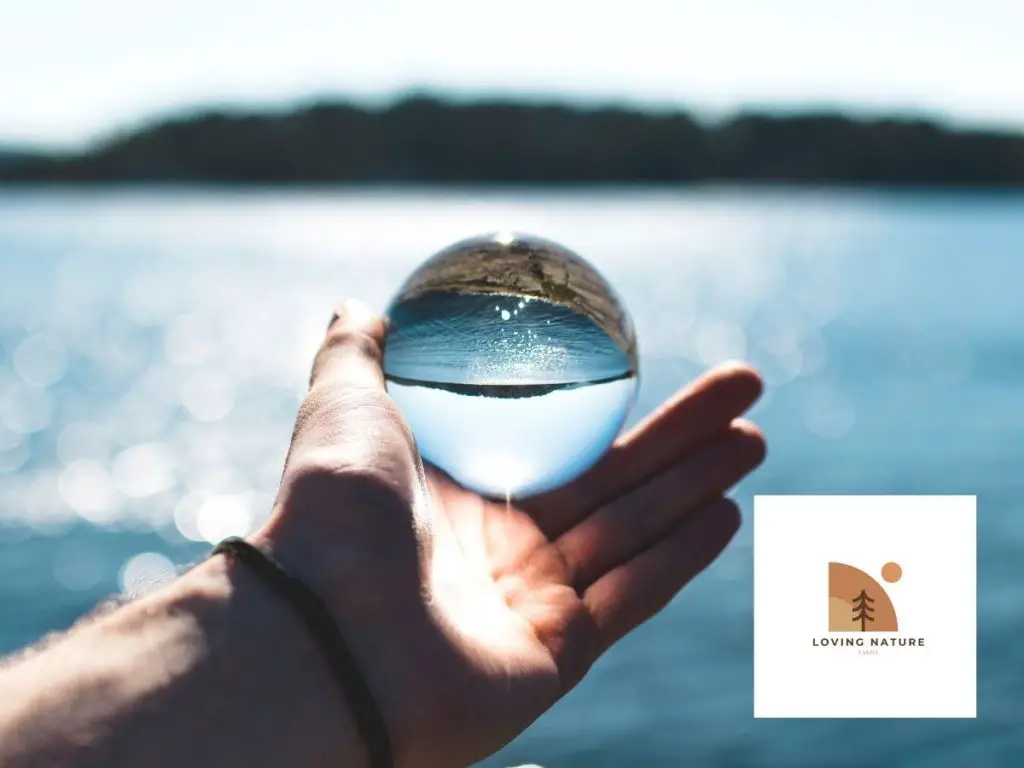Did you know that water is one of the heaviest substances on Earth? It’s true! In this article, we will discuss some fun facts about the weight of water. We will also explore how much water weighs in different forms. So, whether you are a student studying for a science test or just curious about this topic, read on!
Factors That Determine How Much Does Water Weigh
How much does water weigh? There are a few factors that determine the density of water. Cold water is dense and ice is light, but how much does one pound of water weigh? In this article we’ll explore temperature, surface area, salt content, and more. Once you understand these factors, you can determine how much water weighs in kilograms. But what about the other factors? Here’s a brief explanation of these factors.

Cold water is more dense than ice
Water and ice are both made of molecules with the same molecular weight. The difference between them is their boiling point. At room temperature, water is liquid, while ice is solid. However, water is denser when frozen, which is because the molecules are more tightly packed. This means that cold water has a higher density than hot water. However, ice is denser than hot water because the water molecules are not as close together.
Both water and ice are composed of molecules with different molecular arrangements. The oxygen atom has a slight negative charge while the hydrogen atom has a positive charge. This creates an intermolecular bond that connects these two molecules. The density of water and ice depends on the intermolecular bonds between these molecules. The difference between water and ice is the main reason that the former is denser than ice.
As the temperature drops, water expands and reduces in density. If the temperature drops below four degrees Celsius, ice crystals will form. An image of this phenomenon can be seen in the water density graphic below. The difference between the two types of liquid and solid water is reflected in the graph below. This difference is crucial for understanding how the two types of water can coexist. One cannot live without the other.
Salt content
Seawater contains massive amounts of salt. One kilogram of ocean water contains up to 35 grams of salt, making the ocean a vast repository of salt. In fact, the salt content of the oceans is so high that they account for nearly 50 percent of the Earth’s mass. The amount of salt that is present in the oceans is vast; in fact, the amount of salt in the water on Earth is approximately one sextillion times larger than that of the Moon.
In the case of drinking water, the amount of sodium is low. A serving of drinking water is about one-fourth of one teaspoon. This level falls within the FDA’s “very low” category of salt. As a result, it is not necessary to limit yourself to drinking water if it contains less than that amount of sodium. In fact, the Food and Nutrition Board of the National Research Council recommends a maximum daily intake of 2400 mg of sodium for healthy adults.
Drinking large quantities of seawater can be unhealthy for our bodies. The human body is not equipped to handle a large amount of salt, and drinking too much salt can dehydrate us. Thankfully, animals near the ocean have adapted to metabolize the extra salt in their bodies. For this reason, they have evolved to avoid drinking too much seawater. But it’s important to note that drinking seawater can lead to increased thirst.
Surface area
When considering the Earth’s surface area, you’re going to want to consider the water that lies below it. Freshwater covers two-thirds of the planet’s surface, while the other one-third is frozen in glaciers. The rest lies underground, in deep, underground water supplies known as aquifers. In terms of land area, the earth’s surface can be divided into different types: ten percent is dry land, eight percent is snowy land, and twenty-five percent is mountainous and deserts. About 30 percent is arable land and the rest doesn’t have topsoil.
There are two main forces that hold liquid bodies together: adhesive forces and cohesive forces. If one is stronger than the other, the liquid will maintain its shape and maximize its surface area. Surface tension is a result of these forces. Water has a very high surface tension. This makes it easy to see why water has a higher surface tension than other liquids. However, it is not an absolute measure of surface tension. Instead, it is important to consider its energy and force per unit area.
Students also learned how surface area affects the rate of evaporation. Changing the shape of the cell increases its surface area and increases the SA:V ratio. For example, sprinkled water will evaporate faster than water in a bucket. A granulated sugar cube will dissolve more easily than sugar in a bucket. Higher surface area means greater reactivity. In the world of science, it pays to understand that we’re in an interconnected world!

Temperature
The temperature of water varies greatly, from ice cold to nearly boiling. The typical temperature of water varies depending on the type of water body, latitude, and season, and surrounding environment. A body of water can also have a general pattern. For example, one winter a lake may freeze over, but not the next, thanks to a warm winter. This pattern can occur repeatedly, but any unusual variations in water temperature should be considered in context.
The topmost layers of water are heated by sunlight. The lower layers are not heated. Light rays are transmitted by the water, but only a small part of this energy is absorbed by the ocean’s surface. The deepest water has a thermocline, or rapid change in temperature when entering the deeper water. A CTD instrument is used to measure the temperature of water at a certain depth. These instruments are often placed into the water from a ship or a platform. At depths of two meters, the temperature of water varies by about three degrees Celsius.
The highest source of heat transfer to water is sunlight. Sunlight, or solar radiation, transfers energy from the air to water’s surface as heat. Because water’s albedo is low, it absorbs more energy than it reflects, so the temperature of water fluctuates daily. During the summer months, sunlight can reach up to three miles per hour, but in winter the temperature of water may drop by up to six degrees.
Atmospheric pressure
The atmospheric pressure of water is the total pressure in a gas that has a constant density. The pressure on water varies with temperature and is generally between 32 and 700 degrees Fahrenheit. It is measured in imperial units (F) and metric units (Pa). The pressure of a gas is much higher than that of a liquid, which is why the vapor pressure of water is lower. The pressure of water is higher in the atmosphere than it is on land.
The pressure in the atmosphere can be measured using an atmospheric pressure instrument. The atmospheric pressure is 14.7 pounds per square inch at sea level and is called standard atmospheric pressure. It is measured in millibars or inches of mercury, and is equal to the boiling point of water at 100 degrees. There are two types of pressure: atmospheric pressure and ground-level atmospheric pressure. The former is the highest and is also known as barometric pressure, whereas the latter is lower than the first.
Atmospheric pressure is important for understanding how water behaves in different environments. High-pressure centres tend to be more pronounced in colder areas, while those in warmer areas have lower atmospheric pressure. However, the lower atmospheric pressure in a given region means that water boils at lower temperatures. A partial vacuum can lower the boiling point of water by removing some of the air surrounding it. When this happens, the temperature of the liquid is lower than its freezing point.
Gravity
The density of the medium in which water is present reduces the force of gravity acting on it. Because of this, the weight of an object submerged in water decreases, reducing the acceleration caused by gravity. This reduces the weight because of the upthrust force produced by the water, which is opposite to the gravitational force. If you want to understand the effect of this force, you should first understand the basic physics of gravity.
The difference between the effective and negative gravity is called the displacement averaging effect. It describes how water’s effective and negative gravity are determined in a cylinder array. Moreover, the difference between the two responses can be explained by the fact that the cylinder array’s internal energy is higher than the surface energy. Both simulations and measurements demonstrate that the effect is the result of local resonance. If this negative effect is true, the water waves cannot propagate through the cylinders.
The specific gravity of an object is the ratio of its mass to that of water at 4 degrees Celsius. Specific gravity can also refer to the density of an object compared to dry air at a standard pressure, although that is less common. Gravity is a dimensionless quantity, and the numerical value of water’s specific gravity is the same in imperial English and SI systems. However, when comparing the density of a solid to water, the specific gravity of water is usually used as a reference. The other properties of water include freezing, boiling, and evaporation.

Ideal body water percentage
There are some things you should know about your ideal body water percentage. Mammals consist of roughly 60% water, with the rest made up of muscle and fat. However, most of our bodies are comprised primarily of water. For instance, your kidneys, brain, heart, and bones are made mostly of water, too. Even though your fat and muscle percentages are important, the amount of water in your body is probably the most important.
Your body has millions of tiny blood cells, skin, and organs, all of which contain water. Maintaining your ideal body water percentage is as simple as drinking enough water throughout the day. In addition to water-rich beverages, you should eat plenty of fruits and vegetables, which contain high amounts of water. Try to drink at least seven glasses of water per day, though you can also choose healthy beverages like juice or milk. However, stay away from alcohol, which can have harmful effects on your health.
Water in your body plays an important role in all processes of your body. In fact, each organ, cell, and tissue contains more water than any other. To get a good idea of your ideal body water percentage, use a body water percentage calculator. To make the calculation, you will need to enter your gender, age, height, and current weight. You can choose either imperial or metric measurements. In either case, one liter equals one kilogram.
Different Way To Measure Water
Water may be measured in a variety of units, as you are no doubt aware. gallons, cubic feet, acre-feet, and others may all be measured. We’ll go through some of the water measurement units and their weight equivalents in this part.
Gallon
A gallon of water represents about 16 cups of water at room temperature and weighs 8.33 pounds. The same amount weighs 8.45 pounds at 39.2°F and 8 pounds at 212°F (39.2 °C).
Cubic Foot
A cubic foot of water is equal to 7.5 gallons of water (about 118 cups). 1 cubic foot of water at room temperature weighs roughly 62.48 pounds.
This same volume of water, at 39.2°F, yields a mass of 63.38 pounds and a weight of 60 pounds at the boiling point.
Ounce
The density of water is measured in g/cm3. An ounce of water has a volume of 0.00781 gallons and is equivalent to 0.12 cups of water at room temperature and 0.065 pounds when it reaches the boiling point. At room temperature, 1 oz of water would weigh 0.065 lbs., whereas at the
1 ounce of water (weight at 39.2°F) weighs approximately 0.066 pounds, or 1/16 pound per cup if measured by volume.
Pound
At room temperature, one pound of water is equivalent to 0.12 gallons (approximately 2 cups), and at the boiling point, it’s equal to 0.125 gallons (approximately 1 cup). At 212°F, 1 pound of water equals 0.1444 pints; 140°F = 0.1198 gallons; and 80°F
Liter
A liter of water weighs 2.2 pounds at room temperature and equals 0.264 gallons of water (approximately 4.2 cups). A liter of water has a mass of 2.2 pounds when measured at room temperature.
At 212° Fahrenheit, 1 liter of water would weigh around 2.112 pounds. At 39.2°F, the same quantity of water would weigh approximately 2.203 pounds.
Acre-Foot
The acre-foot is a unit of measurement for water that has been impounded or stored. An acre-foot of water equals 325,851 gallons of water. Water at room temperature would weigh about 2,713,974.056 pounds per acre-foot.
An acre-foot of water weighs 2.719,358.386 pounds when cooled to around 39.2°F. When boiled, on the other hand, it would weigh only 2.606,912.917 pounds because it was 212°F before being boiled (1 pound is approximately 453 grams).
Seawater VS Freshwater
Take a look at these two samples of water. The one on the left has been stored in its original container, while the one on the right has been transferred to another container. Take note that they have different weights:
The heavier nature of sea water is due to the presence of dissolved salts in seawater. While a gallon (liter) of fresh water has a weight of around 8.3 pounds, a similar volume of seawater has a weight of approximately 8.6 pounds.

Final Thoughts
One of the most interesting things about water is how it can be measured in so many different ways, and each unit has a different weight. Whether you’re talking about gallons, cubic feet, or liters, water always weighs around 8 pounds per gallon. We’ve looked at a few different units of measurement and their corresponding weights, but there are certainly many more out there. What’s your favorite way to measure water? Let us know in the comments!
Leave a Reply